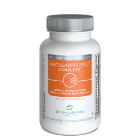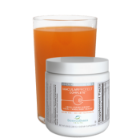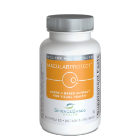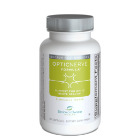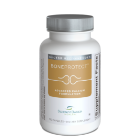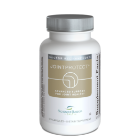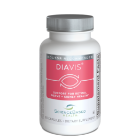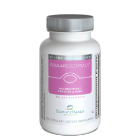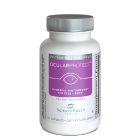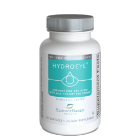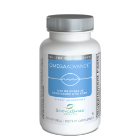FREE SHIPPING with Auto-Delivery & SAVINGS UP TO 20% with a Package Plan >>
FREE SHIPPING & SAVINGS UP TO 20% >>
2004 Nov | Filling the Vioxx Void: From Medicines to Complementary Strategies for Arthritis
Filling the Vioxx Void: From Medicines to Complementary Strategies for Arthritis
Arthritis afflicts about 25% of Americans, and is one of the leading causes of disability. Many drugs, including Non-steroidal Anti-inflammatory Drugs or NSAIDs are used to treat the symptoms of arthritis: from OTC products such as ibruprofen (e.g. Motrin) and naproxen (e.g. Aleve), to stronger prescription medications. One popular NSAID, rofecoxib (Vioxx), recently made headlines when it was withdrawn from the market due to an excess risk of heart attack and stroke. Approved in 1999, Vioxx was taken by more than 80 million patients. Vioxx belongs to a sub-class of NSAIDs, known as the "coxibs" or selective Cox-2 inhibitors. A warning about serious allergic reactions associated with another coxib (Bextra) was issued in October. In light of these developments, many are calling for new research to ensure that other coxib drugs are safe, particularly for patients who have cardiovascular disease or are at risk for it.
|
Using Pain Relievers Safely
Many arthritis suffers already take NSAIDS, or may turn to other NSAIDS with the loss of of Vioxx, and it's important to know how to use them safely. In January, the FDA launched a campaign to educate consumers on the safe use of OTC pain products. They advise reading labels carefully, and to check with a pharmacist when taking multiple drugs. Many OTC cold and cough remedies, for example, have the same active ingredients as OTC or Rx pain relievers. Educational material is available to help people understand how to avoid taking more than the recommended dose of pain relievers, their side effects, and cautions that apply to those with health conditions. Some NSAIDs, for example, may increase the risk of reversible kidney problems in people with pre-existing kidney disease or who take diuretics.
Complementary Strategies
A CDC government survey released this year found that 36% of American adults are using some form of complementary medicine. According to recent findings, some complementary strategies show promise for arthritis. An NIH-funded, clinical trial of Traditional Chinese acupuncture for example, was reported last month to safely reduce knee pain and improve function for osteoarthritis patients. Those treated with acupuncture improved more than controls given a "sham" treatment or an arthritis "self help" course. All 570 patients in the trial were told to continue using their pain reliever or anti-inflammatory medications, indicating that acupuncture provided additional benefit.
Evidence suggests that glucosamine, a safe, natural building block of cartilage, may also be of help. Though not all studies report positive results, several well designed placebo controlled trials have found not only pain reduction and improved mobility, but objective evidence of reduced cartilage loss with supplementation of 1500 mg of glucosamine sulphate (7,8) [See Staying Healthy Dec. 2003]. Based on these findings, a major NIH-sponsored trial - the GAIT study - is examining the effects of glucosamine on arthritis, and is scheduled to release results next year. Remember that whatever options you may want to try - from medications to incorporating complementary strategies - it's always best to discuss them with your physician. For more information about NSAIDS, visit the FDA's website at: www.fda.gov/cder
- Topol EJ. Failing the public health- Rofecoxib, Merck and the FDA. NEJM 351:1707-9, 2004.
- FitzGerald GA. Coxibs and cardiovascular disease. NEJM 351:1709-11, 2004
- For more information visit www.fda.gov/cder
- Barnes P et al. Center for Disease Control Data Report 343. Complementary and alternative medicine use among adults: US, 2002. May 27, 2004 (nccam.nih.gov/news/camsurvey )
- Hochberg MC. American College of Rheumatology 68th Annual Scientific Meeting: Abs. 1718, October 19, 2004
- Cibere J et al. Randomized, double-blind, placebo-controlled glucosamine discontinuation trial in knee osteoarthritis. Arth & Rheum 51:738-745, 2004.
- Reginster JY et al. Long-term effects of glucosamine sulphate on osteoarthritis progression: a randomized, placebo-controlled clinical trial. Lancet 357:251-6, 2001.
- Pavelka K et al. Glucosamine sulfate use and delay of progression of knee osteoarthritis: a three year, randomized, placebo-controlled, double-blind study. Arch Intern Med. 162:2113-23, 2002.

